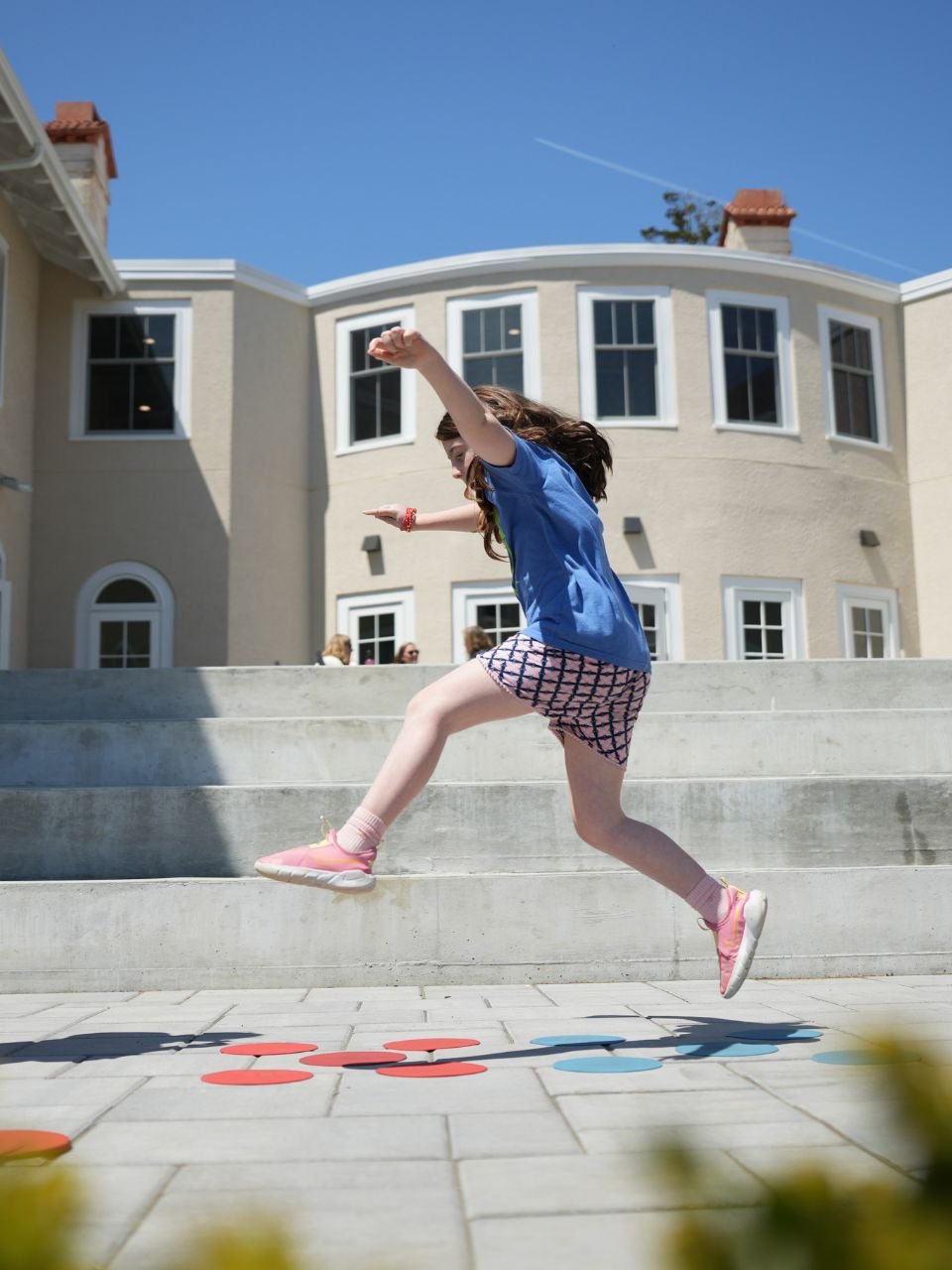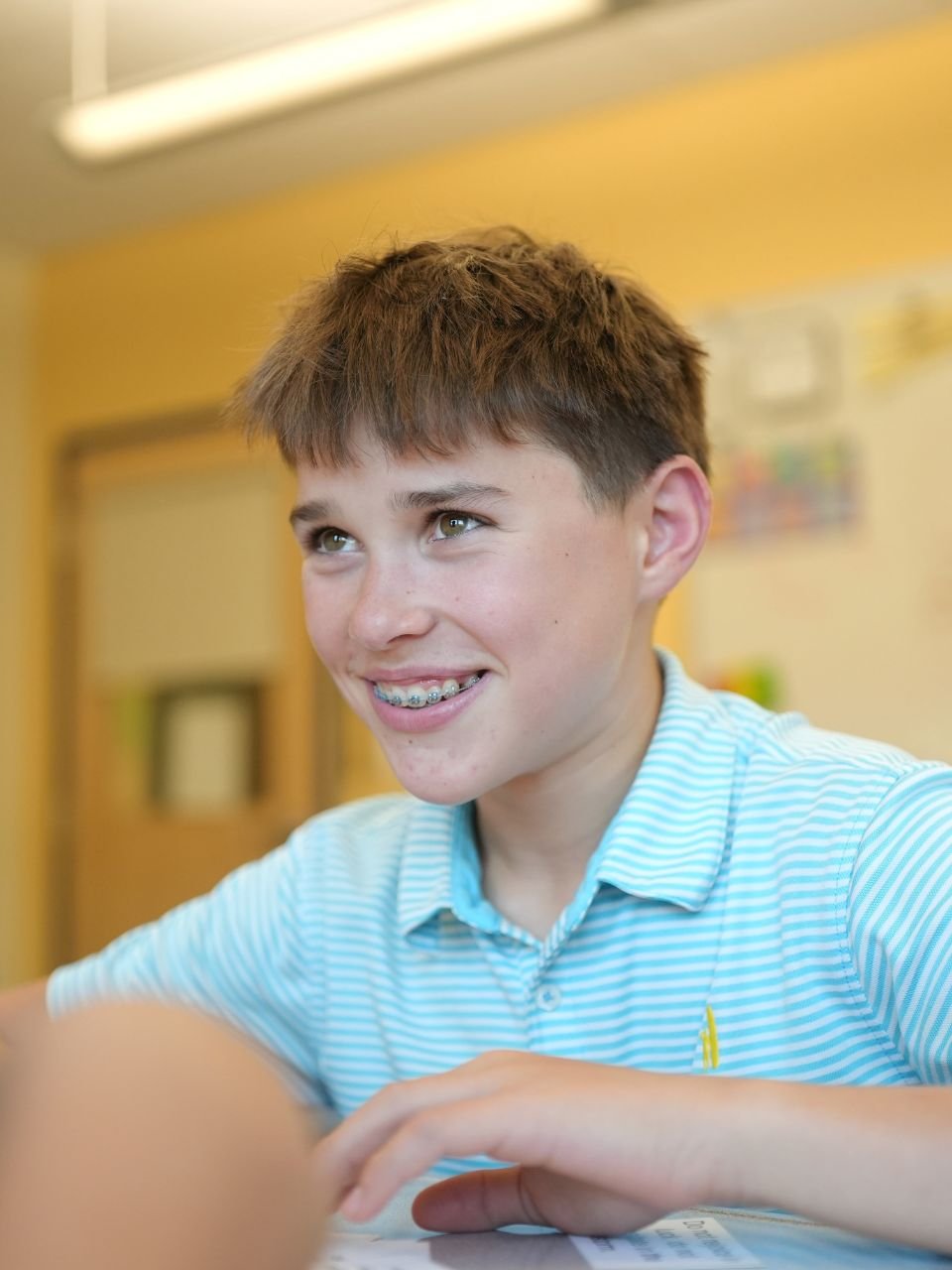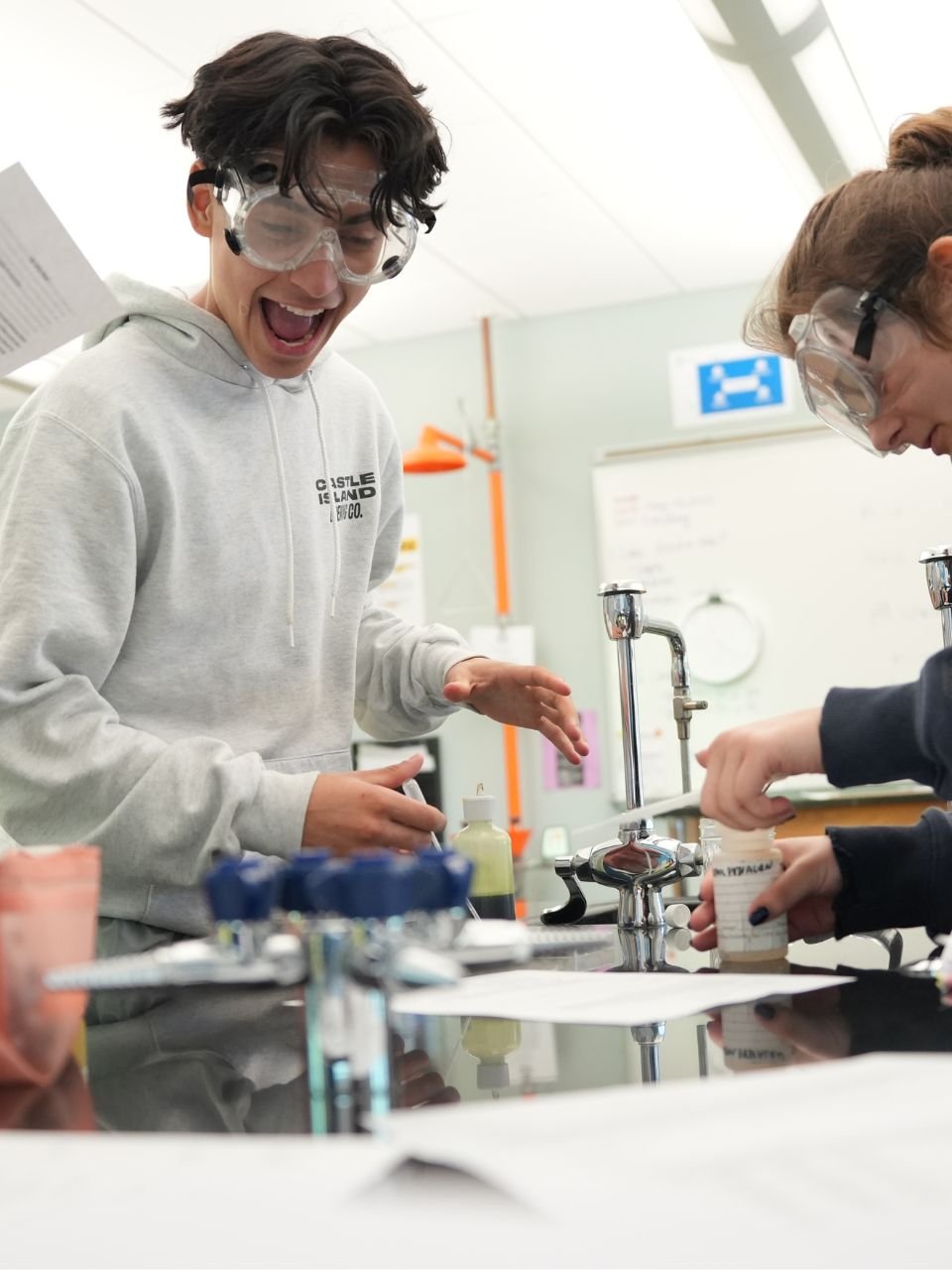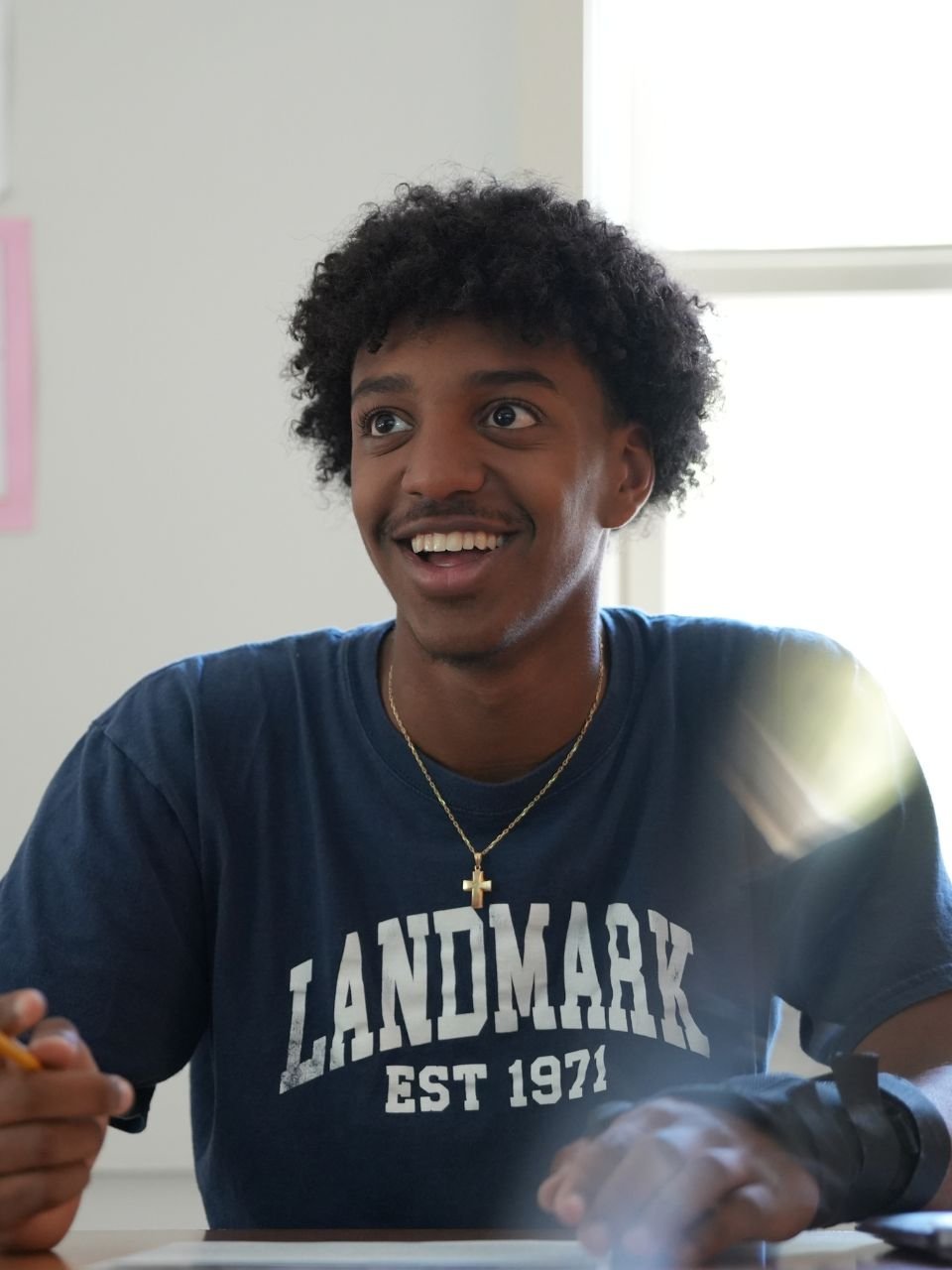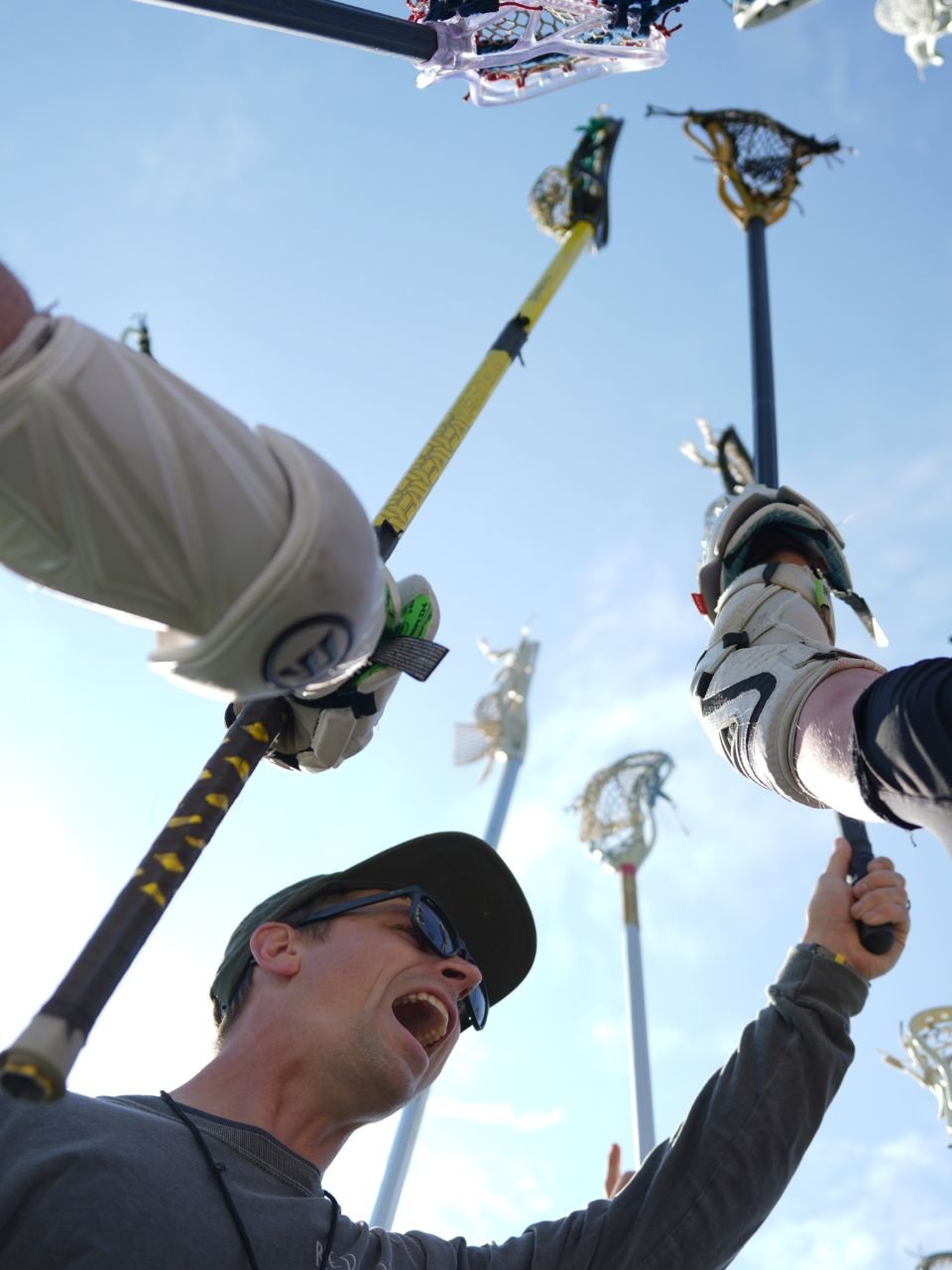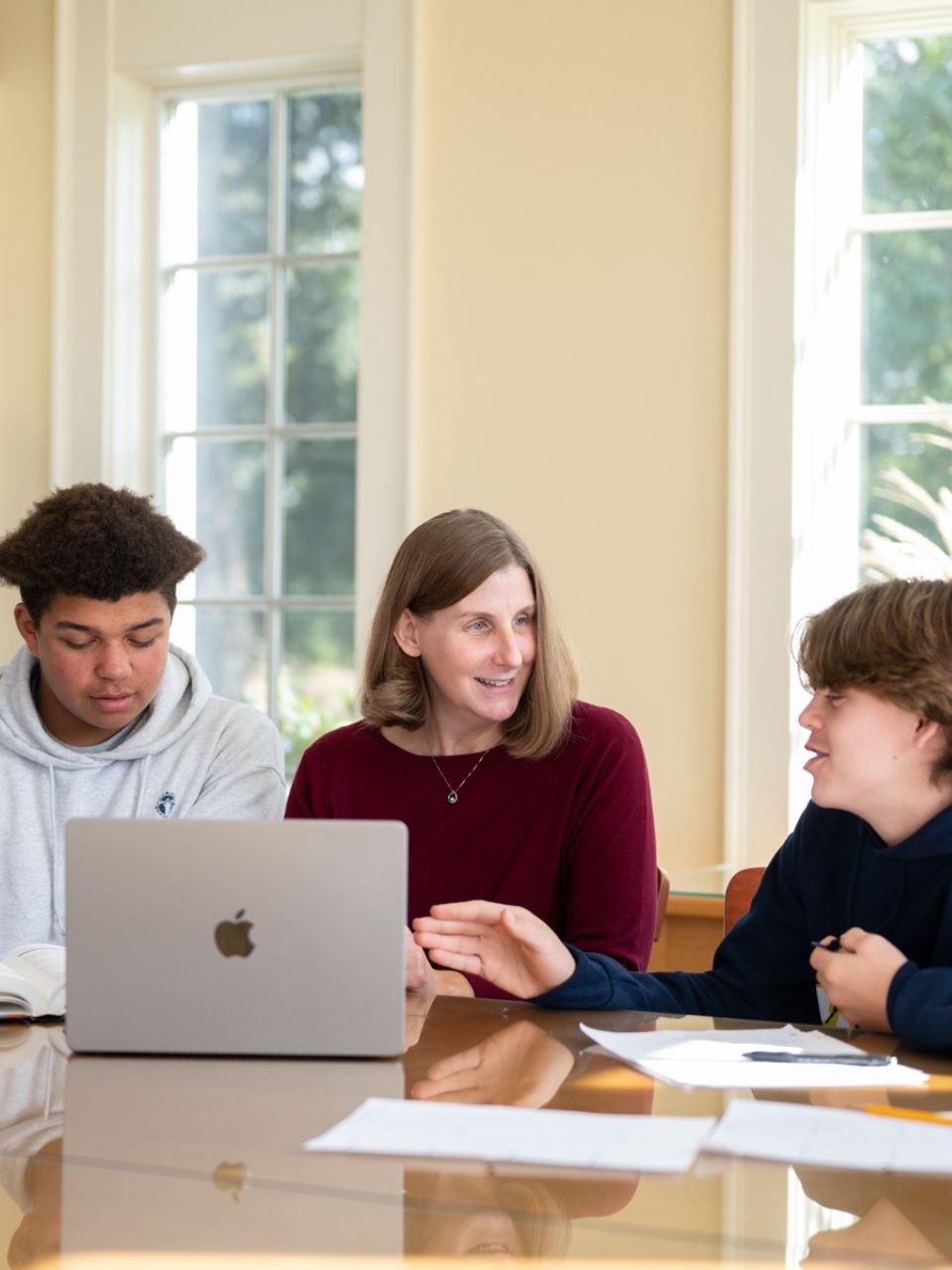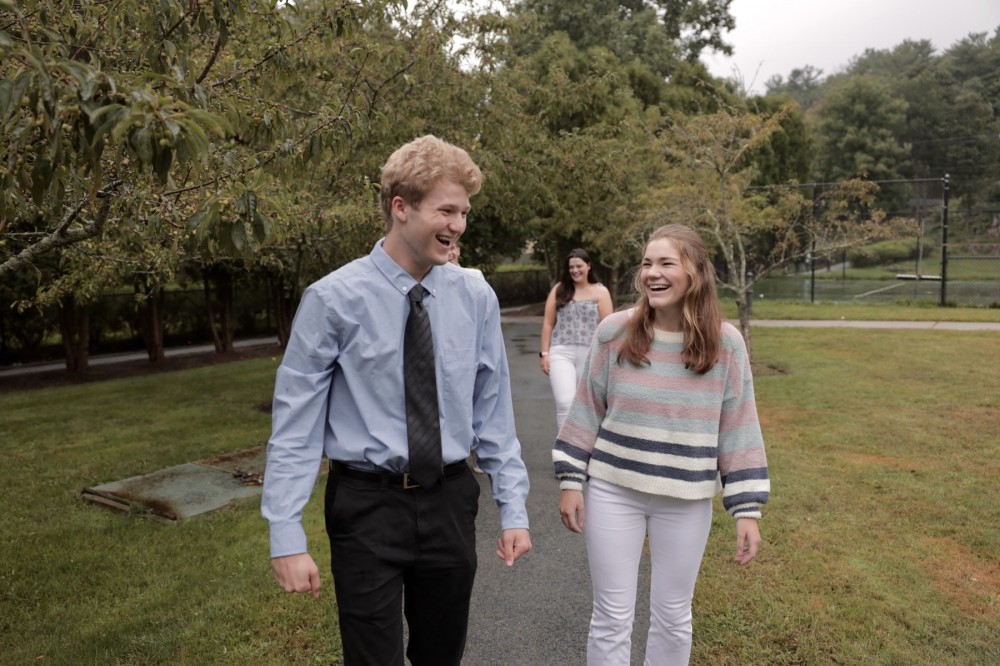- Our School
- Our Advantage
- Admission
- Elementary•Middle School
- High School
- Summer
- Giving
- Parent Resources
- For Educators
- Alumni
« Back
The Relationship Between Social Pragmatic Communication and Executive Function
February 9th, 2020
By Ruth Bossler, M.S., CCC-SLP
Many parents, including those of children with language-based learning disabilities (LBLD), have seen their children miss deadlines and assignments, struggle to manage school work, and stumble in social situations. I recently came across two articles that establish a relationship between executive functioning (EF) and social pragmatic communication. By citing previous research in the fields of both psychology and communication disorders, the authors demonstrated how and why weakness in executive function can lead to deficits in social communication.
The authors, Sarah Ward, Kristen Jacobsen, and Michelle Garcia-Winner, are widely known for their contributions to the field of speech-language pathology. While Garcia-Winner has pioneered a therapeutic intervention program, Social Thinking, that helps children and adults improve their social pragmatic communication skills, Ward and Jacobsen have established a thriving private practice in Concord, Mass., Cognitive Connections, that provides assessment and therapeutic intervention to improve language and executive functioning skills.
By citing previous research in the fields of both psychology and communication disorders, the authors demonstrated how and why weakness in executive function can lead to deficits in social communication.
Situational Awareness
Ward and Jacobsen cite a student’s difficulty with situational awareness as the main cause of executive dysfunction and social communication weakness. Borrowing Wicken’s definition, they define situational awareness as “the ability to perceive elements in the environment within a volume of time and space, the comprehension of their meaning, and the projection of their status in the near future” (Wickens, 2008). They further break Situational Awareness down into four sequential competencies, any one of which can pose a challenge for students with LBLD:
- Extracts information (aware of the relevant features of STOP: Space, Time, Objects, People) from one’s environment and integrates it with internal knowledge (what they refer to as “episodic memory”).
- Determines purpose: recognizes their role/status and that of others.
- Predicts their expected behaviors.
- Shifts flexibly—according to the changing demands.
In their article, Ward and Jacobsen present the case study of “Matthew,” a young student who has difficulty in all of the above four areas, and as a result, has few close peer relationships. In particular, Matthew lacks the ability to extract the relevant information about the “P” (People) in his environment; he is oblivious to the fact that his peers are repulsed and annoyed by his behaviors in the classroom (e.g., sniffling repeatedly and loudly, picking at a scab on his leg, stepping on their personal belongings as he tries to find a seat). Matthew lacks the situational awareness to observe the nonverbal and verbal social cues that his peers are sending out in abundance (e.g., eye rolling, looks of disgust, kids whispering about him). Is it any wonder, then, that Matthew lacks friends?
Social Executive Functioning
Similar to Ward and Jacobsen, Garcia-Winner urges educators and service providers to look at “social executive functioning” when providing assessment and intervention for students with social communication weaknesses. Most educators and service providers, she argues, tend to think of EF as those cognitive processes needed to complete academic tasks, particularly those long-term projects that require multiple steps and time management skills (e.g., writing a paper, producing a model, etc.). She references a previous definition of EF as those cognitive skills that function in a coordinated way to “enable an individual to engage in purposeful, organized, strategic, self-regulated, goal-directed behavior” (McCloskey, 2012). Further, EF can be further broken down into the following four aspects:
- Response inhibition or deferment to a more appropriate time/place
- A strategic plan of action sequences
- A mental representation of the desired future goal state (stimulus event is encoded in memory= “episodic memory”)
- Cognitive flexibility, shifting focus, self-monitoring, problem-solving (Welsh & Pennington, 1988)
Given this definition, Garcia-Winner challenges us to think about the “Social EF” skills involved with initiating and maintaining a new friendship, as these involve the same cognitive processes that are used to carry out a long-term academic project:
….this involves everything from paying attention to the student at school to making first contact learning more about the person (his/her interests) as their friendship gets underway, gathering information to stay in touch (social media, phone number, email), initiating an invitation, thinking about what to say, etc. At some point, the “getting together” part of the social experience happens: making a group plan about what to do (hang out, play video games together, go to a movie or the mall), and then following through to get together at the mutually agreed upon time and execute the plan—or change it up at any point and still stay connected!...
Similar to Ward and Jacobsen’s theory about a lack of situational awareness, Garcia-Winner also notes that a student’s EF skills can be further impaired due to weaknesses in “cognitive coherence”; that is, a student’s inability to extract the important details that make up the “gist” of the activities of their daily lives (Happe and Frith, 2006). These students have a processing tendency toward what is directly in front of them (irrelevant details), while failing to process the relevant details that make up the big picture. Additionally, these students often possess weaker theory of mind. Theory of Mind is a research-based construct that involves “understanding another person’s knowledge, beliefs, emotions and intentions, and using that information to navigate social situations” (Thompson, B.N., 2017). Students with weaker theory of mind tend to have difficulty with perspective-taking, narrative language, and conversational skills. If we return to Ward and Jacobsen’s case study, there was ample observational evidence to suggest that “Matthew” lacks both situational awareness because of both weakened cognitive coherence and theory of mind.
Help Students “Read the Room”
So what is the solution? How do we successfully assess and intervene to help students with this “double deficit” of both weak executive functioning and social pragmatic communication skills? Based on their own work, Ward and Jacobsen argue that weakness in executive functioning is difficult to measure through standardized testing alone, and in fact the nature of standardized testing, which typically occurs in very controlled 1:1 settings, can actually compensate for deficits in the cognitive processes (i.e., attention, problem solving, shifting focus) that make up EF. Thus, a student may actually appear much stronger “on paper” in terms of his or her EF skills. They argue (as do I) that it is critical to observe students in real-time contexts and collect more subjective qualitative data. To this end, Ward and Jacobsen have recently developed exactly such a tool (Situational Awareness Observation Tool) that is intended to complement more widely used rating scales such as the BRIEF and the BASC.
Once weaknesses in EF and SC are established, Ward and Jacobsen urge all service providers to become “feature teachers.” They argue that we need to help students “read the room” and extract the relevant features of Space, Time, Objects, and People (S-T-O-P). Similarly, according to her Social Thinking program, Garcia-Winner charges us to help students become better “social detectives” or “social observers” regarding the verbal and nonverbal communication of others. Accordingly, Garcia-Winner’s Social Behavior Mapping could be a useful tool in helping students understand the “social-emotional chain reaction” that occurs when they do or say something that is either “expected” (socially acceptable for a given context, time and place) or “unexpected” (socially unacceptable). The end goal for both authors is to help students improve their executive functioning and strengthen their central coherence and theory of mind, so that they develop pro-social skills that lead to greater social competence across a variety of contexts.
Garcia-Winner charges us to help students become better “social detectives” or “social observers” regarding the verbal and nonverbal communication of others.
Tips for Parents, Service Providers, and Teachers
Based on this research, the following are suggested strategies for developing situational intelligence and improving executive functioning and social communication:
- Be a “feature teacher.” For example, when walking down the frozen food aisle, help your child/student “zoom in” on types of frozen foods as the overarching category, with frozen fruits, frozen vegetables, and frozen desserts being the sub-category. Then, have them focus on the distinguishing features (the sub-sub category, such as generic vs. Birds Eye brand, for example). You are getting kids to “zoom in” and notice the distinguishing features.
- Help your child/student see the “same but different” features of different social and academic situations (e.g., science class vs. math class; going to a friend’s house to sleepover vs. going to sleepover camp).
- Use visual supports (Venn diagrams, comparison tables, pictures/photographs, www.educreations). This helps build internal schema (prior knowledge), situational intelligence, cognitive flexibility, and generalization of skills and behaviors.
- If the child/student is acting in a socially “unexpected” manner, think about how it connects to Space, Time, Objects, or People (STOP).
- Make your observations of your child/student using non-judgmental language:
- “I notice when Timmy is talking, you often interrupt him and he looks annoyed with you.”
- “I noticed that when you keep sniffling and don’t get a tissue, your friends seem really grossed out and annoyed.”
- Ask questions so that the child/student is aware of what you observed and how you perceived their behavior:
- “When you used that tone of voice, I thought you were being disrespectful or rude. Is that what you meant?”
- Discuss possible strategies with your child; what verbal or nonverbal cues will best help them “zoom in” on those relevant features (e.g., picture schedule, if...then...so statement, pointing to a schedule or agenda, tap on the desk, pointing to the clock).
- Help your child/student formulate their own “if....then...so ” statement about the features
- Your modeling → internal/self-cueing
- If students struggle with cause/effect, try: therefore, so what?
- Example: “If I blurt out in class about something off topic, then my teacher and classmates will be annoyed; so I will save that for a more appropriate time and place.”
- How this relates to Landmark's Six Teaching Principles:
- Provide opportunities for success: Start with small and attainable goals.
- Use multi-sensory approaches: Pair verbal with visual/nonverbal.
- Micro-unit & structure tasks: Break it down with S-T-O-P
- Ensure automatization through practice & review: Use consistent language.
- Provide models: Provide scripting.
- Include students in the learning process: Work on the plan WITH students:
- What cues work best for you?
- How will working on these goals help you in this class?
- What else could you do in this situation?
References:
Happe, F. and Frith, U. (2006). The weak coherence account: Detail-focused cognitive style in autism spectrum disorders. Journal of Autism and Developmental Disorders, 36(1), 5-25.
https://www.socialthinking.com/
McCloskey, G. (2012). Essentials of executive function assessment. Hoboken, NJ: Wiley.
Thompson, B.N., Theory of Mind: Understanding others in a Social World, Psychology Today, July 2017.
Ward, S. and Jacobsen, K., Executive Function Situational Awareness Observation Tool, ASHAwire, Perspectives on School-Based Issues, December 2014.
Welsh, M.C. & Pennington, B.F. (1988). Assessing frontal lobe functioning in children. Views from developmental psychology. Developmental Neuropsychology, 4(3), 199-230.
Wickens, C. (2008). Situation Awareness: Review of Mica Endsley’s 1995 articles on situation awareness theory and measurement. Journal of Human Factors, 50(3) 397-403.
Winner, M.G., Crooke, Executive Functioning and Social Pragmatic Communication Skills: Exploring the Threads in Our Social Fabric, ASHAwire, Perspectives on Language Learning and Education, 2014
Author
Since 1998, Ruth Bossler has provided speech and language assessment and intervention in the state of Vermont, as well as in various settings throughout Massachusetts, working with children and students from birth to grade12. She has worked within early intervention agencies, three public school districts, and one private independent school prior to joining the faculty at Landmark School, where she's been consulting Speech and Language pathologist since 2016. She earned her B.A. in English from Dartmouth College and her M.S. in Communication Sciences and Disorders from Emerson College.
Posted in the category Social and Emotional Issues.





